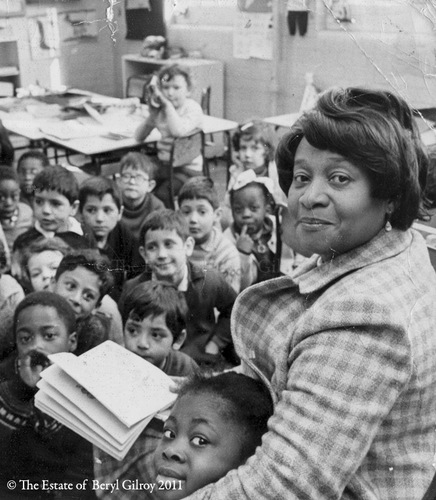It’s been, as they say, a minute since you’ve last heard from us. And it’s been very strange not to be up there on stage at ACUD every two months. We miss you! I know we’ve been in contact through the podcast, and through our Patreon book club, but however much we cherish our listeners from afar, and we do, there’s really something special about sharing these lives (and awesome guest presenters!) with a real-life Berlin audience.
So with the current restrictions in place, and a slight change of scenery, we’re doing our 26th show at ACUD on September 14. It’ll be a very intimate one, just 20 people in ACUD’s open-air courtyard, and all those tickets have been sold to lovely folks on our mailing list.
For our final show of this season, we’re excited to present two more outstanding Berlin writers who share stories of awe-inspiring women who’ve fascinated them and influenced their work. Show numéro 26 brings you three women who went against the grain: a journalist, an artist, and a teacher/writer. Presented by writer DIVYA GHELANI, DILEK GÜNGÖR, and your beloved podcast producer SUSAN STONE. All held together by your perennial perma-hosts KATY DERBYSHIRE and FLORIAN DUIJSENS.

Investigative journalist, newspaper editor, educator, suffragist and early civil-rights leader IDA B. WELLS was the most famous Black woman in the United States during her lifetime. Her intrepid reporting on lynching in the Deep South and her powerful editorials taking on discrimination and violent treatment were read widely at home and abroad, and she was dubbed “The Princess of the Press.” Ida journeyed twice to Britain on speaking tours and ran (unsuccessfully) for the Illinois State Senate in 1930, all the while utilizing boycotts and lawsuits to further her cause, which made her for a time unpopular with some more conservative activists. However, she did find love with one of her fellow rights fighters, and after their marriage, he put his career on the back burner to cook dinner most nights and also care for the kids while she traveled.

DORA MAAR’s work as an artist spans from collage to street photography, from abstract landscape paintings to eerie photograms. It also spans almost the entire 20th century, and it certainly surpasses her relationship with a certain dickish cubist (ok, Picasso). Though her work with him was fundamental to masterpieces like Guernica, for which Maar provided key photographic documentation, she was more than just his “muse.” One of the few publicly acknowledged women surrealists, she entered into the relationship with skills to teach him. Having traveled all over the world in the first part of her life, she would spend the second half largely secluded in the countryside, and only after her death was the full spectrum and force of her work from all those many decades revealed.

Having grown up and trained to be a teacher in Guyana, BERYL GILROY arrived in the UK in the early 1950s as part of the so-called “Windrush generation.” Homeschooling her two kids (one of whom would grow up to be great historian Paul Gilroy, coiner of the “Black Atlantic”) and working as a maid, factory worker, and slush-pile reader before she’d be able to work as a teacher, she ultimately become the first Black headteacher in London! She crystallized that experience in Black Teacher, a radical memoir that has shamefully fallen out of print. She would publish nine more novels, plus poems, essays, and a series of children’s books reflecting the Black British experience. If that weren’t enough, she also trained as a ethno-psychotherapist, and her literary work certainly reflects that sharply trained eye.

